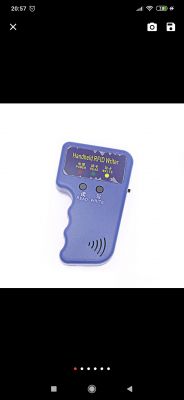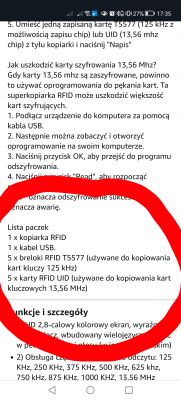Hello, I bought a Chinese pit and pit copying device but I don't want to put a signal on a new pit.
I started to search the net and something I saw that there are different types of seeds, even though they look the same, that some can be overwritten others can't. So I guess I have some that can't be overwritten. Then what are they for?
..................................................... ..........................
Announcement
We invite you to familiarize yourself with guides, highlighted topics, articles in the field of security systems such as intercoms, automatic gates and barriers, alarm systems, cameras, access control:
Security systems guides
If you do not find the answer to your question in the above-mentioned topics, please visit the forum:
Security systems
We also encourage you to visit the General Guides section, where you will find materials from other sections of the forum, including those for people starting their adventure with electronics:
General Guides
I started to search the net and something I saw that there are different types of seeds, even though they look the same, that some can be overwritten others can't. So I guess I have some that can't be overwritten. Then what are they for?
..................................................... ..........................
Announcement
We invite you to familiarize yourself with guides, highlighted topics, articles in the field of security systems such as intercoms, automatic gates and barriers, alarm systems, cameras, access control:
Security systems guides
If you do not find the answer to your question in the above-mentioned topics, please visit the forum:
Security systems
We also encourage you to visit the General Guides section, where you will find materials from other sections of the forum, including those for people starting their adventure with electronics:
General Guides




